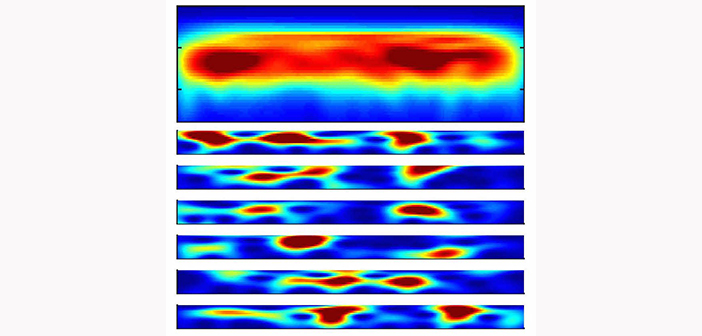Brains use brief bursts of beta waves, rather than sustained rhythms, to control attention and perception.
To better understand the brain and to develop potential therapies, neuroscientists have been investigating how beta frequency brainwaves help the brain filter distractions to process sensations. A new Brown University study stands to substantially refine what they thought was going on: what really matters is not a sustained elevation in beta wave power, but instead the rate of specific bursts of beta wave activity, ideally with perfect timing.
The new insight, reported in the journal eLife, arose from the scientists looking beneath the covers of the typical practice of averaging beta brainwave data. With a closer examination, trial by trial for each subject, they saw that what really reflected attention and impacted perception were discrete, powerful bursts of beta waves at frequencies around 20 hertz.
“When people were trying to block distraction in a brain area, the probability of seeing these beta events went up,” says senior author Stephanie R. Jones, PhD, an associate professor of neuroscience. “The brain seemed to be flexibly modulating the expression of these beta events for optimal perception.”
The findings, made with consistency in humans and mice, can not only refine ongoing research into how beta waves arise and work in the brain, Jones says, but also provide guidance to clinicians as they develop therapies for neurological disorders that seek to modulate beta waves.
Continue reading here.




